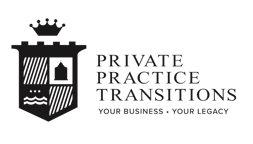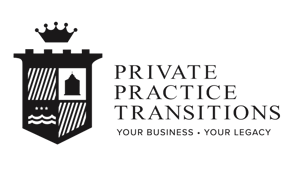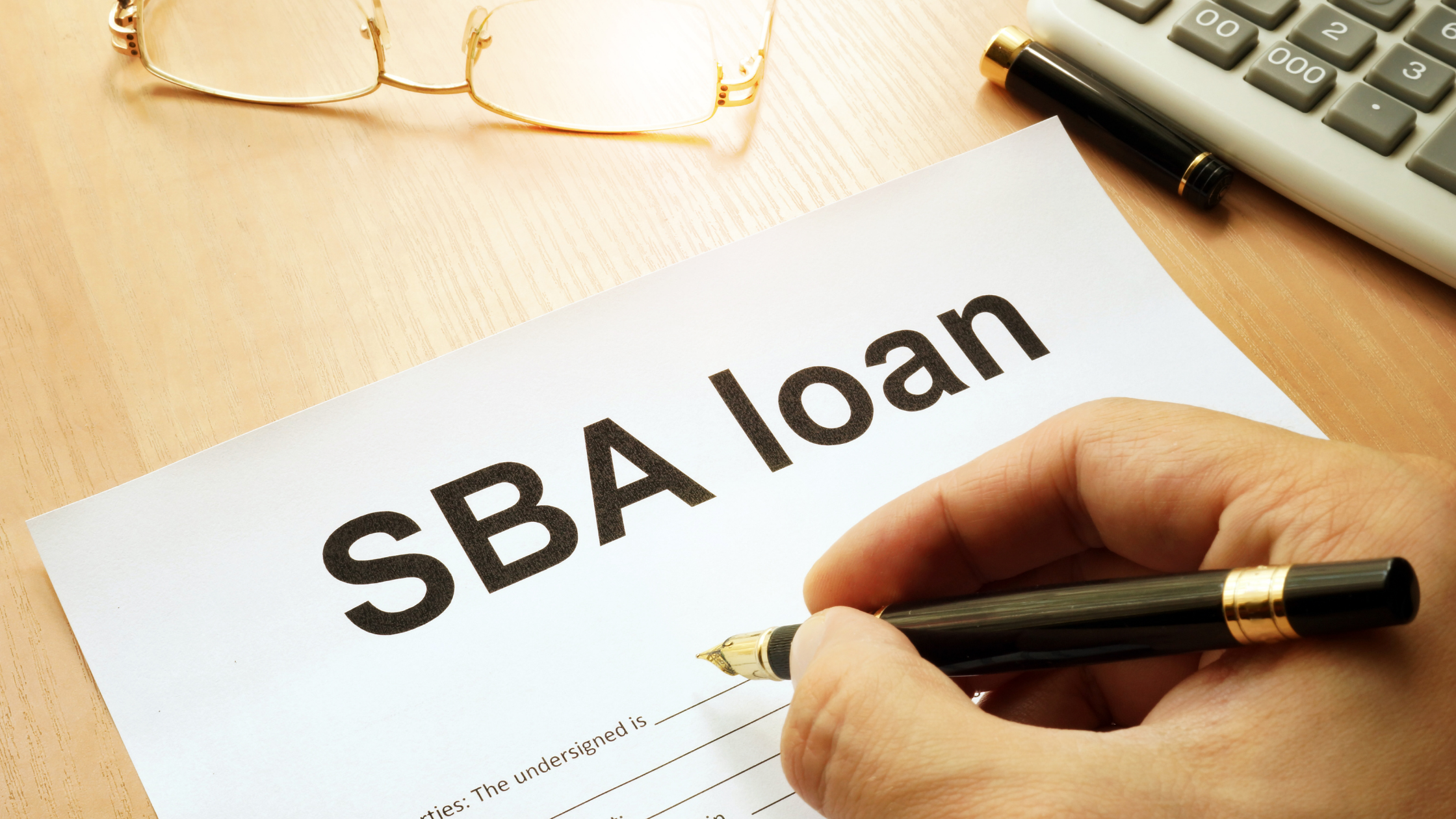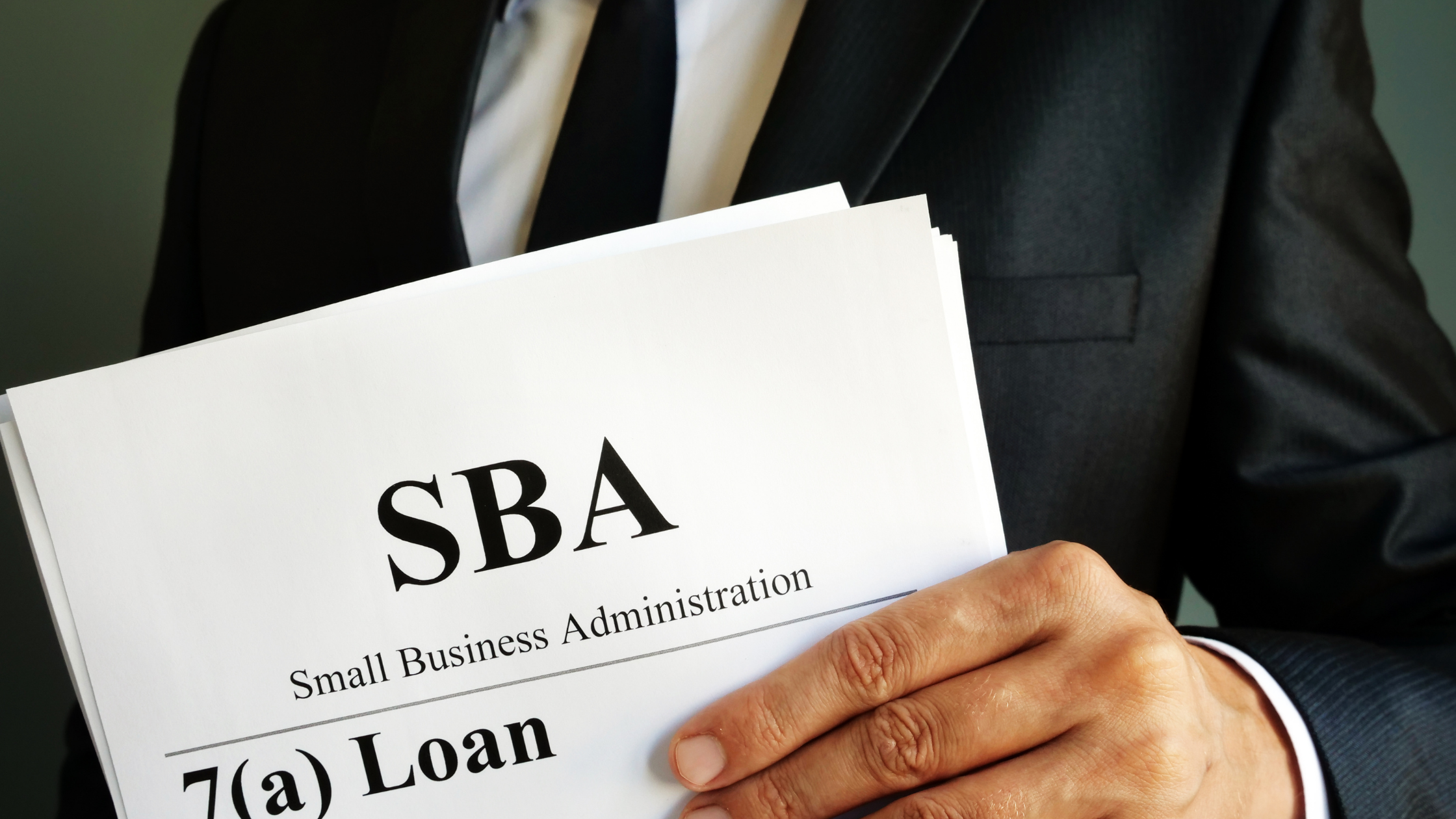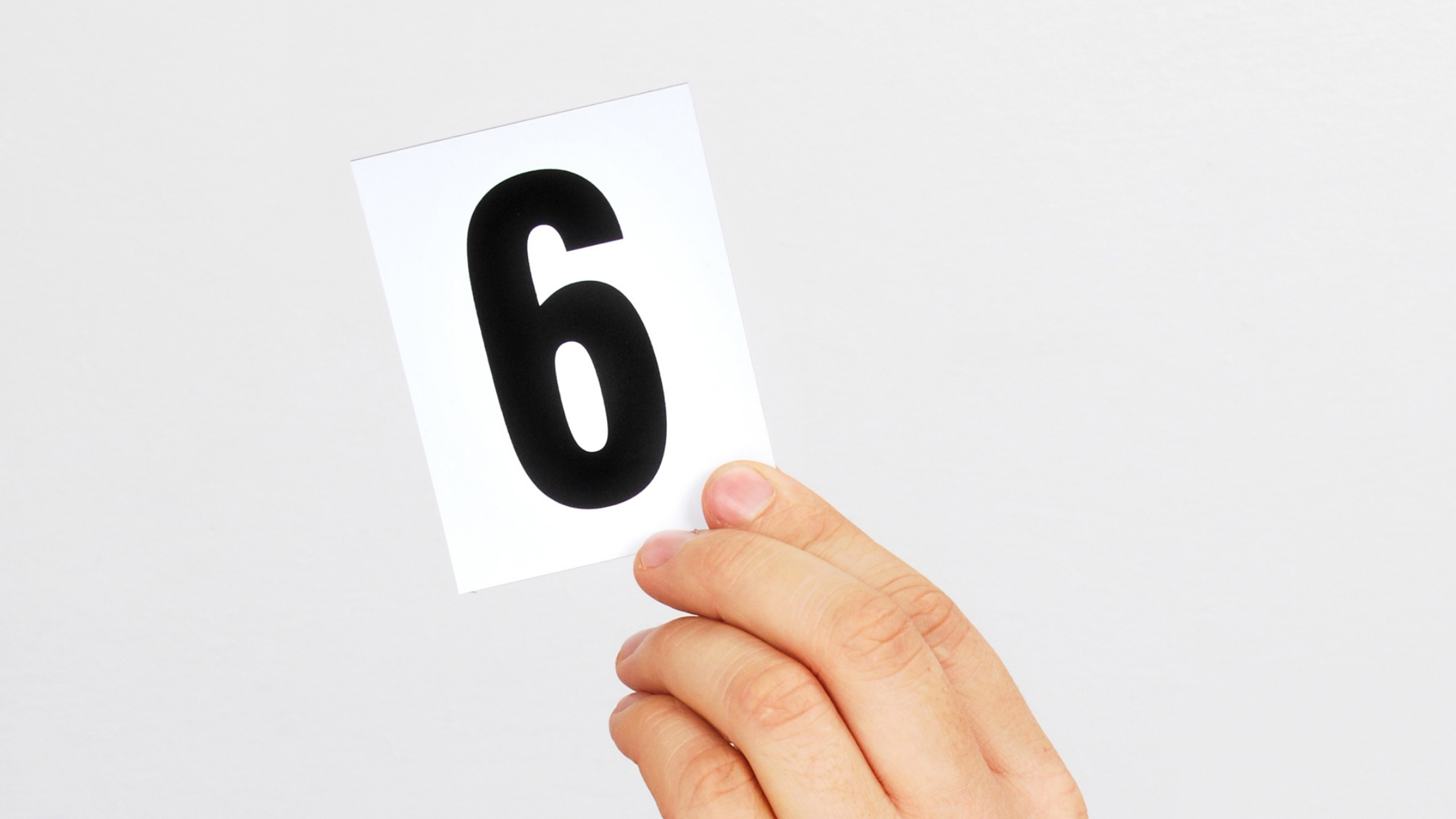As we have established thus far, the U.S. Small Business Administration (SBA) is designed to help you get the funding you need to start, purchase or expand your small business. Though the SBA does not lend money directly, it does back and supervise the lending process, removing much of the uncertainty for both lenders and applicants alike. This article provides a brief overview of each of the SBA’s four main loan programs. I will be discussing each loan program in more detail at a later date.
- General Small Business Loans: Otherwise known as the 7(a) Loan Program, this is the most common and popular of the four types of SBA loan programs. Its purpose is to assist with the starting of a new business or the acquisition, expansion, exportation, or continuing operation of an existing one. Expenses covered include start-up costs (including real estate and construction), equipment costs, general inventory, and/or short and long-term working capital. Proceeds can even be used to refinance debt. Loans of $150,000 or less can be guaranteed up to 85%. Loans greater than $150,000 can be guaranteed up to 75%. Priority is given to women, minorities, veterans, and those businesses located in low-income or rural areas.
In a hurry? The SBA also offers SBAExpress. Loans falling under the SBAExpress program are capped at $350,000 with a 50% guarantee, but the application turnaround time is under 36 hours. (This is not to be confused with Export Express Loans, which are solely for expanding into foreign markets.)
- Microloan Program: As the name suggests, loans dispensed through this program are smaller and have a shorter term than general small business loans. They are much more community-oriented and are generally dispensed by experienced non-profit, community-based organizations to small businesses or non-profit childcare centers. These microloans can be up to $50,000, but average right around $13,000. Unlike 7(a) loans, microloans cannot be used to repay debt or purchase real estate. They must be repaid within a maximum of six years.
- Real Estate and Equipment loans: Formally called the CDC/504 Loan Program (CDC standing for Certified Development Companies), loans acquired via this program are specifically long-term, fixed-rate loans for “major fixed assets.” That is, the proceeds are only intended for real estate, building construction, and long-term equipment with the purpose of providing jobs and stimulating the local economy. For example, the proceeds can be used to build a manufacturing warehouse, but not to invest in rental real estate. The one exception is that a portion of the take may be used to refinance debt if that debt is associated with equipment or facility expenses.
- Disaster Loans: If your business has been negatively affected by disaster and is located within a declared disaster area, you may be eligible for a low-interest SBA disaster loan. There are two such loans designated for business use: Business Physical Disaster Loans (BPDL) and Economic Injury Disaster Loans (EIDL). BPDL’s cover what your insurance may not. Businesses of all sizes and most private non-profits are eligible. EIDL’s “provide the necessary working capital to help small businesses survive until normal operations resume after a disaster.” Small businesses, agricultural co-ops, and most private non-profits qualify. Both cap at $2 million and require you to first register with FEMA before applying.
For more information on all these types of small business loans, you can visit the SBA website here. Or you can learn how to secure SBA financing for buying a business.
